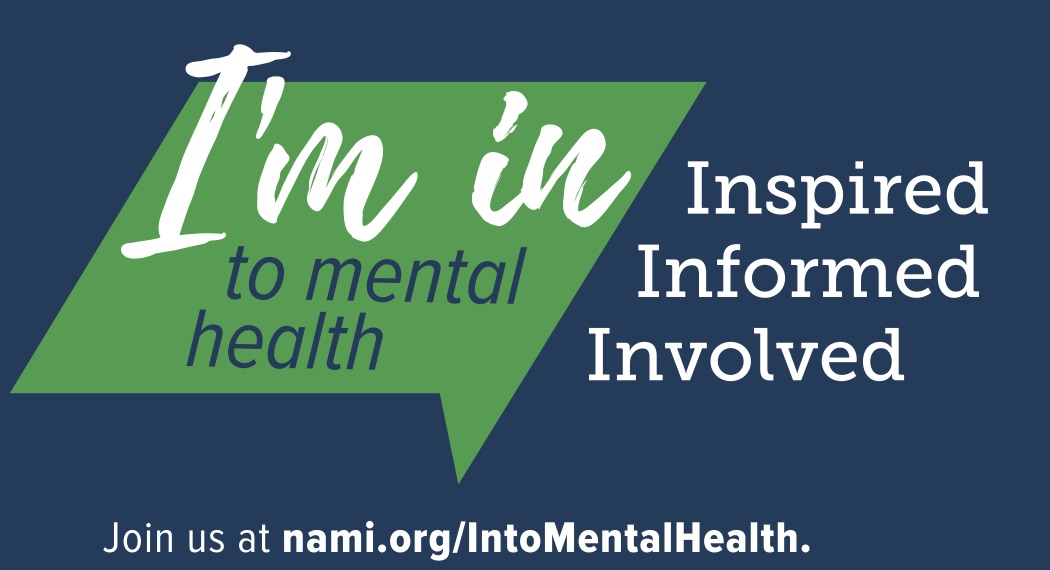Transparency is extremely important to us, so we are letting you know that we may receive a commission on some of links you click on from this page. See our disclaimer.
May is Mental Health Awareness Month. As we've reported frequently, focusing on mental health is a key component of any well-run workplace wellness program that seeks to reduce costs while helping improved employee health.
And there's a lot that businesses can do to address the issue:
- For Business to Focus on Employee Mental Health, Leaders Must Lead
- Study: Mental Health Key Issue in Workplace Wellness
- Study Reveals Connections Among Mental Health, Presenteeism, Workplace Wellness Programs
Colleen Fairbanks, Ph.D., Director of Behavioral Health at Interactive Health has said in the Future of Business and Tech: “We know to truly impact an individual’s well-being, we need to properly attend to all aspects of their health. Enhancing a person’s emotional and physical health reduces health care costs and improves employee productivity. It not only makes good business sense, but good human sense, to incorporate emotional health into your workplace.”
Dr. Fairbanks continued: “Providing a program that focuses on both physical and emotional health reduces the stigma and puts them both on an even playing field. By letting individuals know you understand the importance of emotional health, you increase awareness and encourage employees to get the help they need.”
The National Alliance on Mental Illness provides important statistics that demonstrate the seriousness of the issue:
- Serious mental illness costs America $193.2 billion in lost earnings per year.
- Approximately 1 in 5 adults in the U.S.—43.8 million, or 18.5%—experiences mental illness in a given year.
- Approximately 1 in 25 adults in the U.S.—9.8 million, or 4.0%—experiences a serious mental illness in a given year that substantially interferes with or limits one or more major life activities.
- Only 41% of adults in the U.S. with a mental health condition received mental health services in the past year. Among adults with a serious mental illness, 62.9% received mental health services in the past year.
- Individuals living with serious mental illness face an increased risk of having chronic medical conditions.17 Adults in the U.S. living with serious mental illness die on average 25 years earlier than others, largely due to treatable medical conditions.
To bring additional attention to the issue, the White House proclaims May National Mental Health Awareness Month.
This year, as President Trump stated in his Proclamation: “National Mental Health Awareness Month is a time to recognize the millions of American families affected by mental illness and to redouble our efforts to ensure that those who are suffering get the care and treatment they need. Nearly 10 million Americans suffer from a serious mental illness, such as schizophrenia, bipolar disorder, or major depression. Unfortunately, approximately 60 percent of adults and 50 percent of adolescents with mental illness do not get the treatment or other services they need. As a result, instead of receiving ongoing expert psychiatric care, these individuals often find themselves in emergency rooms, prisons, or living on the streets.”
President Trump added: “This month, and for the course of my Administration, I am committed to working with the Department of Health and Human Services, States, and communities throughout the country to find a better answer for the millions of Americans who need mental health services and their families.”




0 Comments